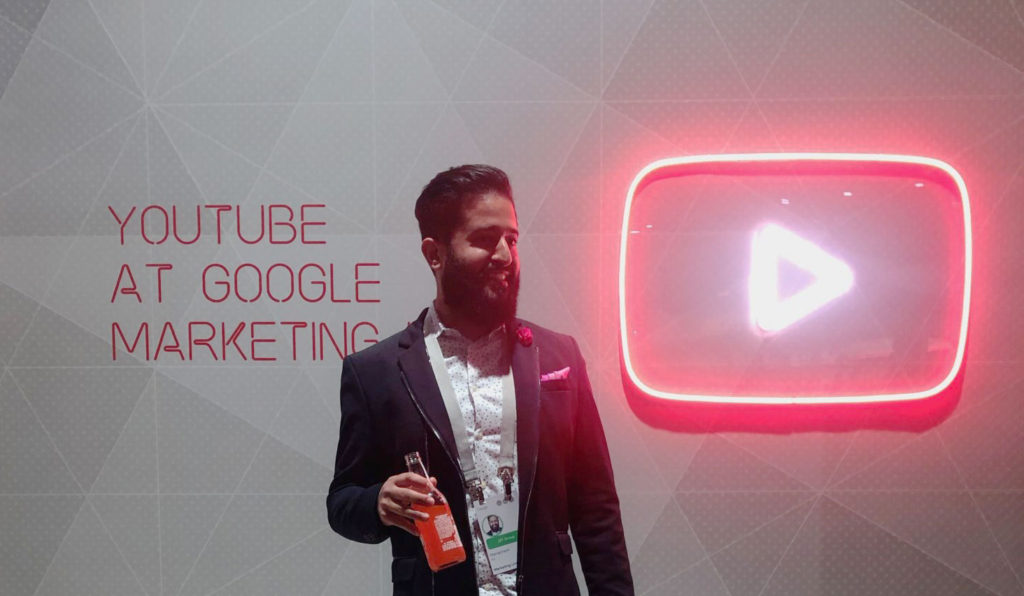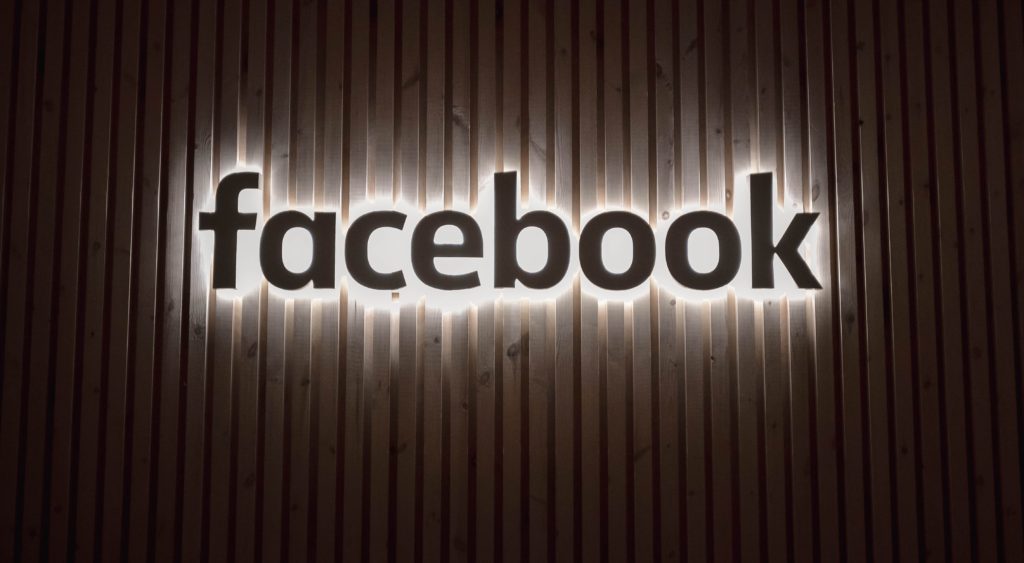All the new recent advances in AI and machine learning are creating opportunities in the digital marketing landscape. If you’re interested in marketing your brand effectively online, you should know about several new disruptive trends making use of new technology that can help skyrocket your business efforts in 2019.
In fact, many of these technological integrations are no longer just for the few early adopters. According to recent research surveying over 3,000 global marketing leaders, “51% of marketing leaders say that they currently use AI in some capacity, with a further 27% planning to start using it over the next two years.” What’s more, high-performing marketers are reported as being twice as more likely to be already using AI technology compared with their underperforming peers.
So, if you want to stay competitive in 2019, you ought to be incorporating machine learning integrations into your digital marketing strategies. Here’s a list of 4 currently trending ways you might want to use AI & machine learning for your brand:
Chatbots
If you want to take your customer service experience to the next level, you might want to try chatbots.
Communication in the digital age is characterized by speed and constant availability. Chatbots make it possible for your customers to get automatic responses to their most common questions and queries, without you having to be available or hire teams of people. In an age where 24/7 interaction on social media is the norm, chatbots are the new cutting edge of interactive engagement.
Put simply, a chatbot is a computer program that automates certain tasks and engages a human respondent in a conversation via a messaging platform that feels friendly and familiar, just like text messaging but with a computer intelligence on the other end. Customers can ask questions, place orders, and interact with your brand content receiving quick, responsive service whenever and wherever there is internet available.
Chatbots are also useful for ensuring proactive post-sales engagement by sending an automatic series of appropriate follow-up messages, helping create more sales for you in the future.

YouTube “TrueView for Action”
According to recent research by Google, 47% of American adults under the age of 55 reports that YouTube helps them with a buying decision at least once a month. With more than 4 billion views every day, YouTube has become one of the most important platforms for online marketers. And with updates to their “TrueView for Action,” YouTube makes it possible to incorporate machine learning into your marketing strategy.
With calls to action and a prominent headline, TrueView for Action campaigns play before, during, or after videos on YouTube, making it possible for viewers to discover a brand and click right away for more information. Google has integrated AdWords into TrueView video campaigns so that you can reach viewers on YouTube who have searched for specific keywords and phrases across any of Google’s platforms.
Google also provides powerful analytical tools, so that brands can continually test and upgrade their campaigns based on performance.

Facebook Lookalike Audiences
Facebook (including Instagram) now has over 2 billion monthly active users worldwide, so it ought to be a key component in your digital marketing strategy. Recently, Facebook has up-leveled the power of machine learning for business campaigns by now offering marketers the ability to target “Lookalike Audiences.”
When you create a marketing campaign on Facebook, you can upload a list of your existing customers, called a Custom Audience, and target ads specifically to these repeat buyers. With Lookalike Audience technology, Facebook will take your Custom Audience list and identify common qualities of the people on it (for example their interests and/or demographic information). Then, Facebook will generate a Lookalike Audience list of people who are similar to your existing list.
If you have a strong existing customer base, this is a way to reach similar audiences on a wide-scale that only machine learning makes possible.
Predictive Analytics
One of the most intriguing spin-offs of AI and machine learning is predictive analytics, which uses data mining, statistics, and statistical modeling to make predictions about future sales based on customer histories.
Predictive analytics are already being used to generate better insights into customer behaviors. For example, predictive modeling is being used with customer segmentation to group customers based on certain variables. These prediction outcomes can help marketers plan for upselling and cross-selling campaigns, as well as offer more personalized recommendations and targeted nurturing campaigns into different sales funnel sequences.
One new way Google is already using predictive analytics is through their Smart Campaigns, a new solution for small businesses that debuted in 2018. With Smart Campaigns, any business can get the benefits of automation and analytics by setting set up campaign goals, such as website visits or phone calls, that Google Ads will run for you. Best of all, as a business, you only pay when people click on your ad.
As 2019 continues, AI and machine learning will continue to play an increased role in successful, competitive online marketing campaigns. Which AI/machine learning strategies do you find most promising?



